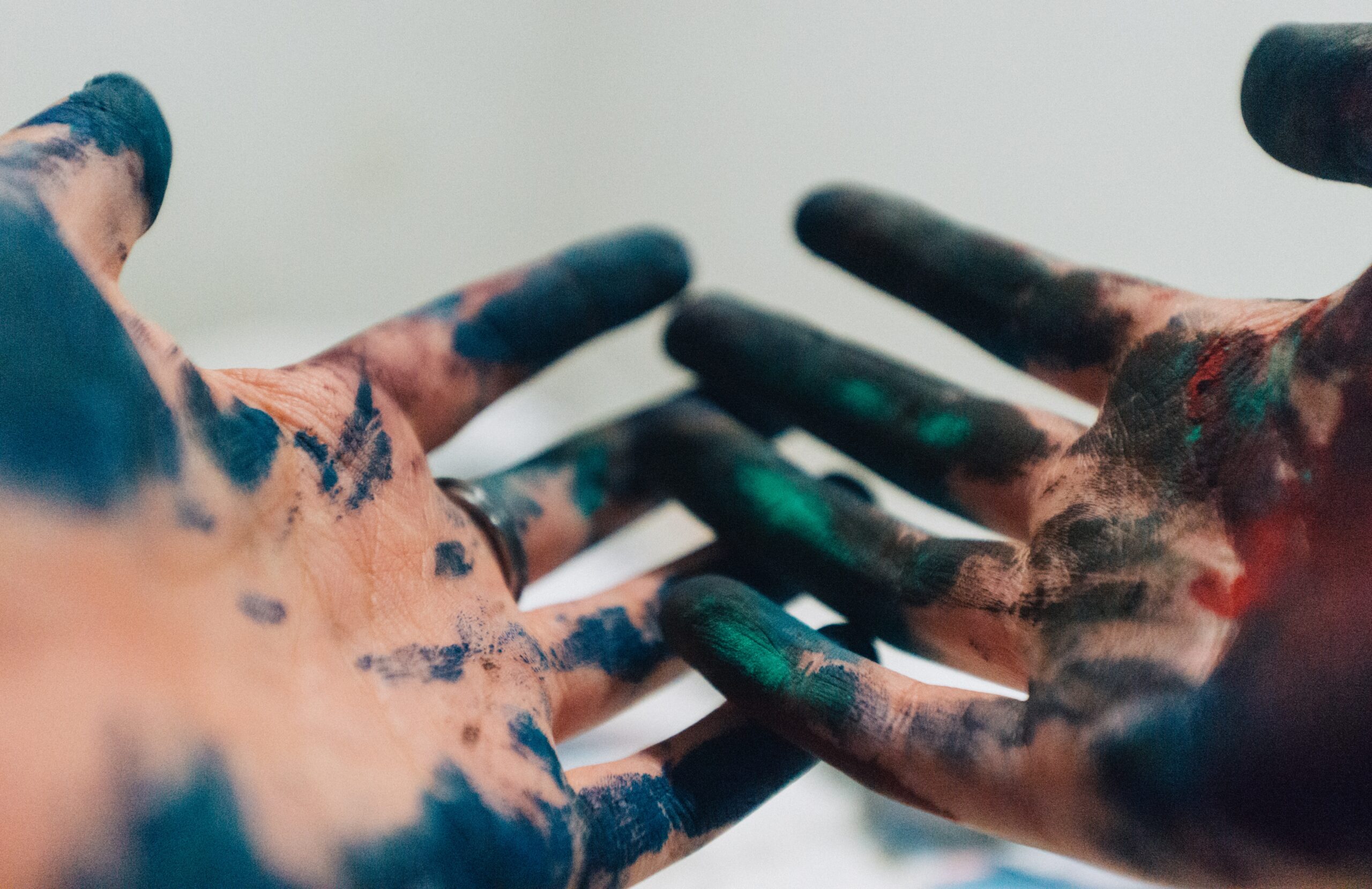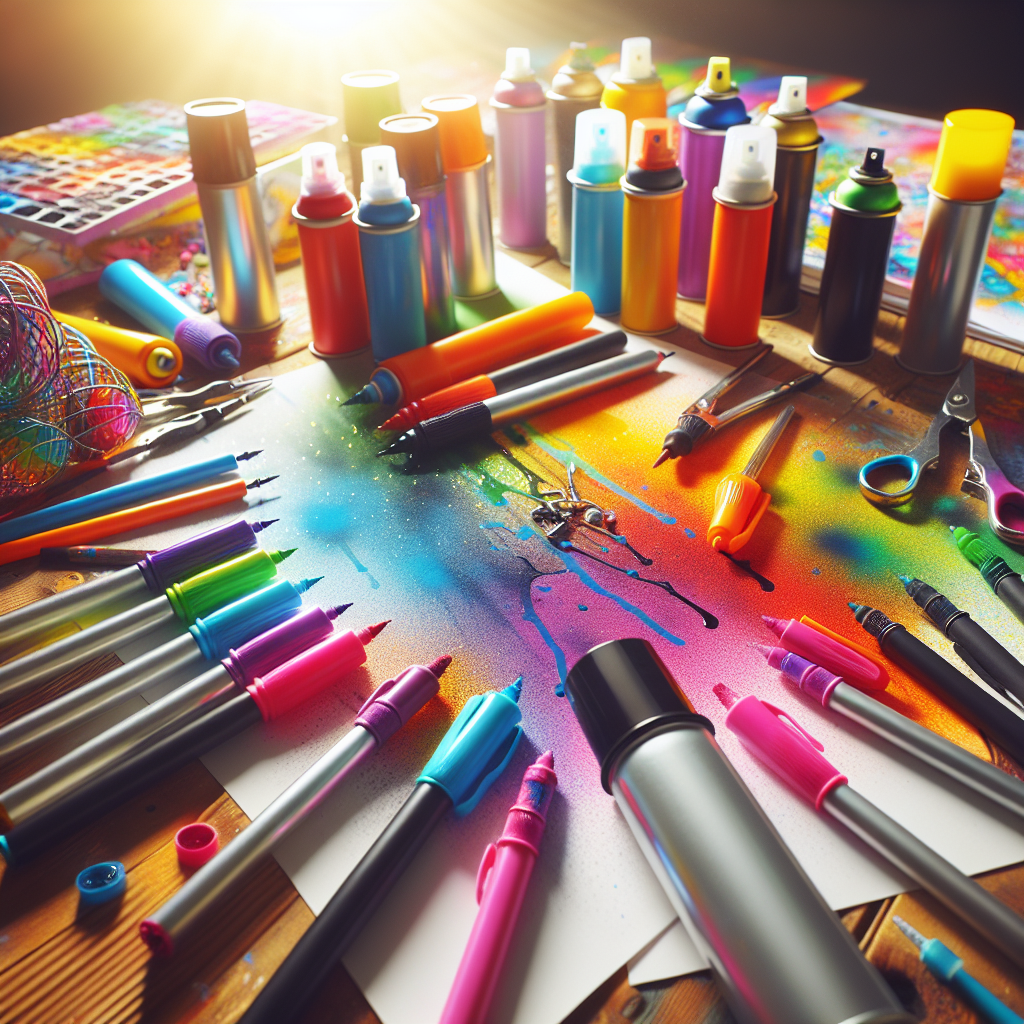You’re likely to find “How Long Does Spray Paint Last On A Car” exceptionally insightful if you’re exploring DIY options for your vehicle’s repainting procedure. It’s a fantastic guide that aids in understanding the longevity and functionality of the spray paint for cars, ensuring that you make informed decisions when it comes to preserving your car’s gleaming look.

Factors Affecting the Longevity of Spray Paint on a Car
When it comes to maintaining your car’s appearance, the longevity of the spray paint is a critical consideration. However, several factors can affect how long the spray paint lasts on your car. Understanding these factors can help you optimize the lifespan of your new paint job, prolonging the fresh and glossy look of your precious automobile.
Quality of the Spray Paint
One of the first things that can impact the durability of the spray paint is its quality. Don’t skimp on it because your car’s appearance heavily depends on this.
Choosing High-Quality Paint Products
It is crucial to choose high-quality paint products. These are formulated to adhere firmly to the surface, resist flaking, and withstand weather elements. A professional-grade paint is a good investment that can bring value in the long term.
Resistant to Fading and Chipping
Quality paints tend to be more resistant to fading and chipping. They have color-fast properties that ensure they retain their vibrancy despite exposure to sunlight and rain. They’re also resistant to chipping from small stones and concrete scraps that the tires may toss up while driving.
Avoiding Generic or Low-Quality Brands
Despite the enticing cheapness of generic or low-quality brands, it’s strongly recommended to avoid them. They appear economical in the short term but their spray paint tends to fade quickly and peel off, requiring frequent touch-ups or complete repaints.
Application Technique
The technique used to apply the paint also plays a significant role in determining its longevity.
Professional Application vs. DIY
Professional application ensures precision, consistency, and proper curing, making the paint last longer. Even though DIY could save costs upfront, it can risk uneven application, drips, and a potentially shorter paint life.
Proper Surface Preparation
The surface of your car must be adequately prepared. This includes cleaning and removing any traces of old paint or rust. Proper surface preparation ensures the paint adheres well, preventing premature aging.
Even and Smooth Coating
Achieving an even, smooth coating is a skill that many professionals possess. This not only results in a visually appealing finish but also improves durability since thin spots or drips can lead to premature chipping or peeling.
Appropriate Number of Coats
The appropriate number of coats should be applied to create depth of color and protect from outside elements. Too few may lack longevity, while too many can result in a heavy, unattractive finish.
Uniform Drying Time
Ensuring a uniform drying time can help to increase the lifespan of the spray paint. Rapid or uneven drying can result in cracking or peeling, so it’s important to avoid direct sunlight or high heat during the drying process.
Preparation of the Surface
Proper preparation of the surface is central to ensuring the longevity of the spray paint.
Thorough Cleaning
Start by giving your car a thorough clean. This helps to remove dirt, grease, and other contaminants that can affect the adhesion of the paint.
Removing Old Paint and Rust
Old paint and rust can interfere with the new paint’s bond to the car’s surface. They should be fully removed using appropriate methods like sanding or using rust remover products.
Sanding or Smoothing the Surface
Once the old paint and rust are removed, the surface needs to be sanded or smoothed. This creates a proper surface for the new paint to adhere to, helping it to last longer.
Priming the Surface
Applying a primer enhances the adhesion of the paint and provides an additional layer of protection. This is particularly important for spray paint, which tends to be thinner than traditional paint.
Proper Masking or Taping
Using tape or masking prevents paint from reaching areas it’s not supposed to cover, maintaining the overall aesthetic appeal of the car while ensuring a tidier paint job.
Environmental Conditions
The environment where your car mainly operates can significantly affect the lifespan of the spray paint.
Climate and Temperature
Climate and temperature shifts can take a toll on your car paint. Extreme heat can cause the paint to fade or peel, while freezing temperatures can lead to cracking. It’s best to park your car in a garage or shaded area, especially in harsh weather conditions.
Exposure to Sunlight
Excessive exposure to sunlight can cause the color of your spray paint to fade. UV radiation breaks down the paint’s surface, leading to discoloration and dullness.
Humidity Levels
High levels of humidity can negatively impact the spray paint’s adhesion to the car’s surface, causing it to peel off. Humidity can also result in rusting, which further jeopardizes the integrity of the paint.
Proximity to Coastal Areas
Living close to coastal areas exposes your car to salty air, which can corrode the paint. Similarly, acidic rain in industrial areas can damage the paint’s surface.
Chemical Exposure (Salt, Acid Rain, etc.)
Exposure to salt, acid, bird droppings, and other harsh chemicals can degrade your car’s paint over time. Rinse the contaminants off your car as quickly as possible to prevent damaging the paint.

Driving Habits
Your driving habits can also impact the longevity of your car’s spray paint job.
Frequency and Duration of Use
The more you drive your car and the longer the distances you cover, the more likely your paint will suffer from wear and tear, leading to a decrease in its lifespan.
Road Conditions
Driving on rough or rocky roads can expose your paint to chipping from flying debris. Also, if you frequently drive on roads where salt is used during winters, it can expedite rust formation, reducing the lifespan of your car paint.
Driving Speed
High speeds, especially on highways, expose your car to more wind, dust, and tiny debris, which can scratch or chip the paint.
Storage Conditions
Where and how you store your car can largely affect the longevity of the paint. A car kept in a garage or a covered area is less likely to suffer from weather-related paint damage than a car left to the elements.
Maintenance and Care
Regular maintenance and care for your car’s paint can significantly extend its lifespan.
Regular Inspection
Regularly inspect your paintwork and address any visible issues immediately. Small chips or scratches can grow if left unattended, leading to more extensive damage.
Immediate Repair of Damages
Ensure that any damage to your car’s spray paint – regardless of how minor it seems – is promptly repaired. Without immediate repair, small chips and scratches can lead to rust.
Avoiding Harsh Cleaning Chemicals
Some cleaning chemicals can harm your car’s paint, causing it to dull and prematurely age. Always choose pH-balanced car wash soaps that are specifically formulated to be gentle on automotive paint.
Using Proper Washing Techniques
Using proper washing techniques is critical, as incorrect methods can create swirl marks and scratches. Always rinse your car thoroughly before washing to remove larger debris, and use a soft sponge or microfiber cloth to clean the surface gently.
Protecting Against Scratches
Taking steps to protect your car from scratches can greatly extend the life of your paint. This includes mindful parking, caution when loading/unloading the trunk, and using a car cover when parked for prolonged periods.
Regular Cleaning
Regular cleaning does more than just enhancing the aesthetic appeal of your car; it also contributes to the longevity of its paint job.
Washing the Car Frequently
Washing your car frequently removes contaminants before they have a chance to damage the paint. This is especially important if you drive in dirty or gritty conditions.
Removing Stains or Contaminants Promptly
Bird droppings, tree sap, and other stains can severely damage your car’s paint if left untreated for too long. Prompt removal minimises the risk of permanent marks.
Avoiding Automated Car Washes
Automated car washes may be convenient, but they can be quite tough on your car’s paint, leading to scratches or chipping. A hand-wash is always the safest and best option.
Using pH-Neutral or Gentle Cleaning Products
Acidic or harsh cleaning products can erode your car’s paint over time. Opt for pH-neutral cleaners that are gentle on the paint but still effective in dissolving grime and dirt.
Waxing or Sealing
Waxing or sealing your car provides an additional layer of protection over the paint, contributing to increased longevity.
Applying Protective Wax Coatings
Regularly applying a protective wax coating helps your car’s paint hold up against the elements and remain vibrant longer. Typically, it would be best to wax your car every three months.
Sealing the Paint Surface
Using a paint sealer can protect your car from ultraviolet light, chemicals, and pollution. It provides a thin, protective coating over the paint that helps to preserve the color and shine.
Using Ceramic Coatings
Ceramic coatings, though pricier, offer superior protection for your car’s paint. They provide a significantly thicker coat than traditional wax or sealers, and effectively resist UV rays, chemicals, and scratches.
Avoiding Abrasive Polishing
Abrasive polishing can strip off the protective layers from your car’s paint, leading to quicker fading and discoloration. Always opt for non-abrasive procedures to maintain your car’s gloss and shine.
Frequency of Modification or Repairs
Lastly, the frequency of modification or repairs can impact your car’s paint life as well.
Modifying the Car’s Exterior
Exterior modifications often require additional painting. If not done professionally, this can lead to uneven paintwork which may not last as long.
Replacing Body Parts
When replacing body parts, it’s important to ensure color consistency with the rest of the car. A mismatch in paint types or colors can lead to uneven fading.
Matching Paint Colors
Make sure the paint used for the modification matches the rest of the car’s color. Using unmatched or mixed paints can affect the overall appearance and durability of your car’s paint.
Professional Application
With modifications or repairs, using professional services can guarantee a uniform finish, ensuring the extended life of your car’s paint.
In conclusion, the longevity of spray paint on a car depends on many factors including the paint’s quality, application technique, surface preparation, environmental conditions, your driving habits, regular cleaning, and protection of the paint. Taking note and giving good care in all these aspects can keep your car looking good and well-maintained for years to come.


